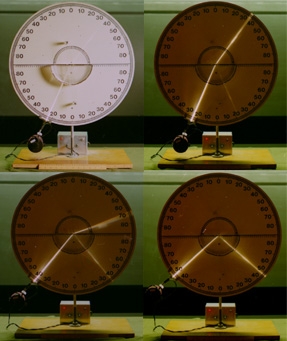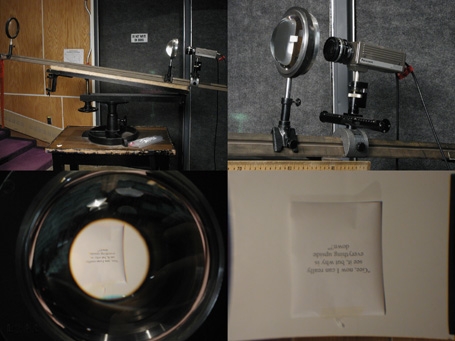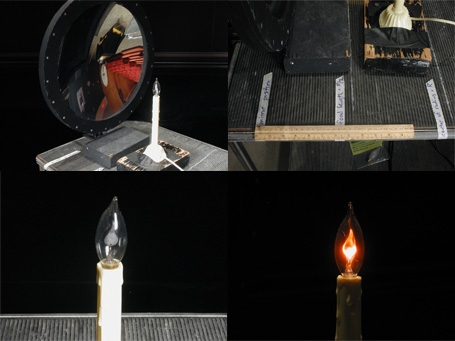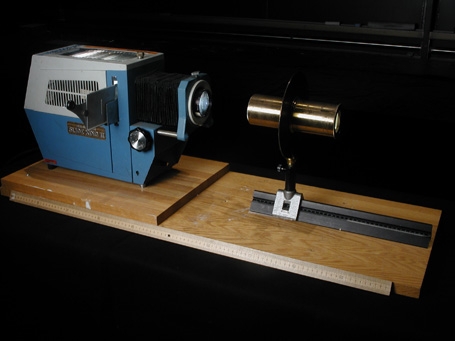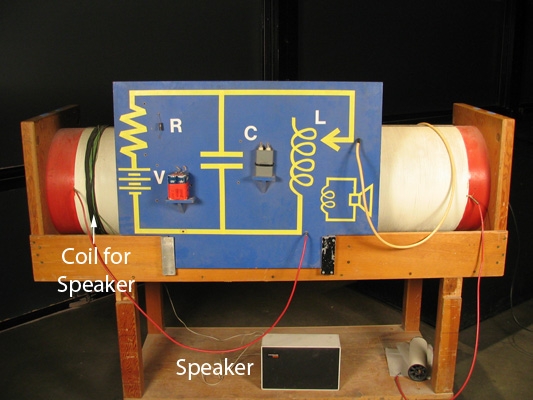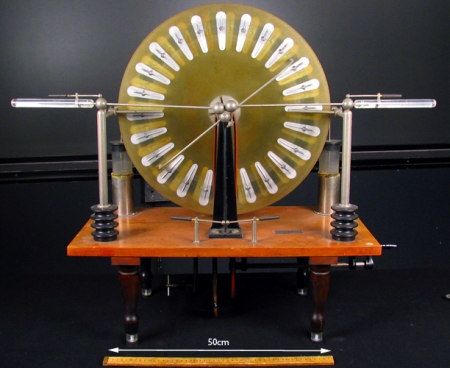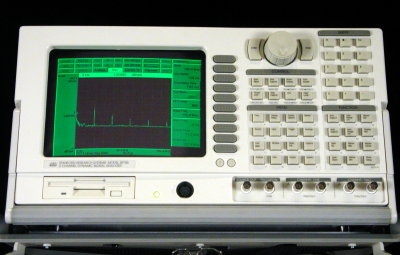Copper and zinc plates connected by micro-ammeter; your hand completes the circuit.
Clean copper and zinc sheet metal stock is cut into strips or pads. Alligator clip a zinc strip and a copper strip and plug the leads into a modern multimeter. DC 2V scale should cover the 1.09V that we expect from a zinc/copper battery at standard conditions of 1 Molar electrolyte and room temperature.
Our fingers are a network of electrolytic conductors, with more or less conductance (depending on moisture and salt). Pressed to the metal strips, adjacent fingers complete the circuit and...
Read more about Hand Battery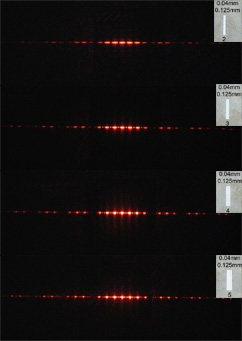 ...
...